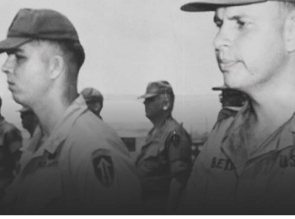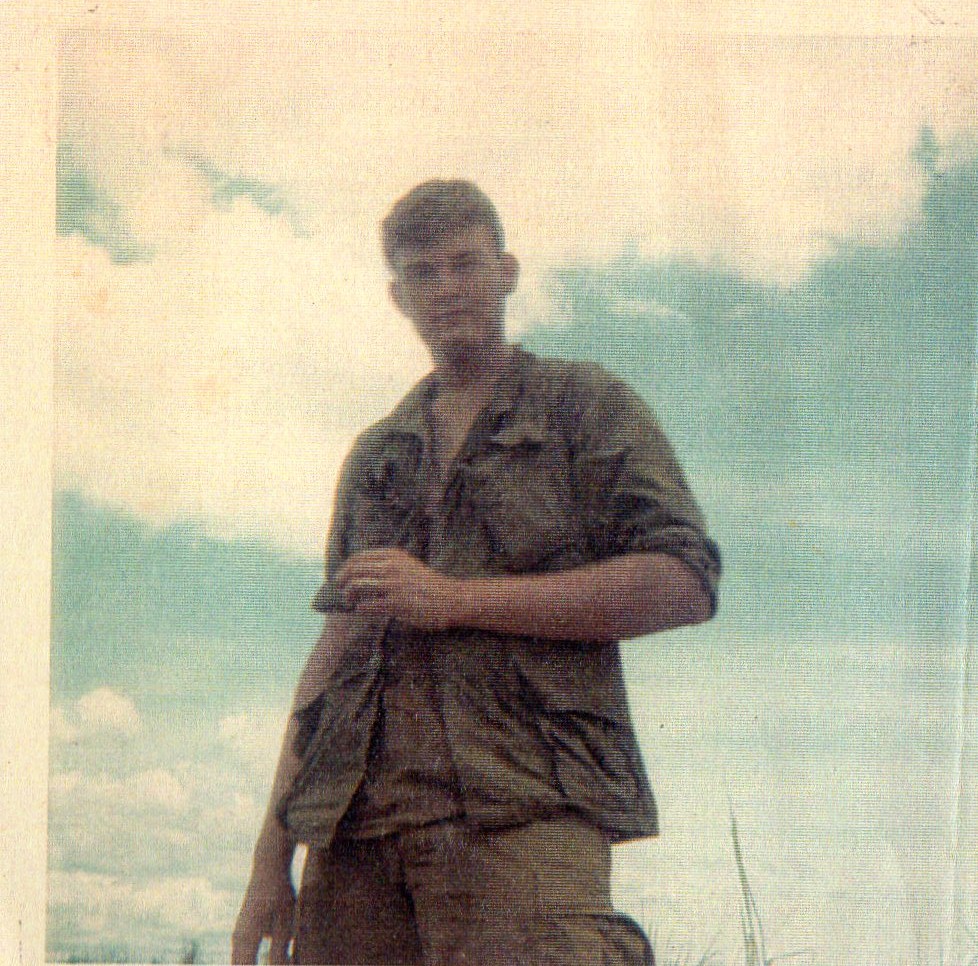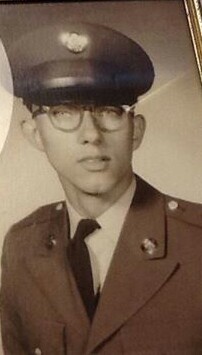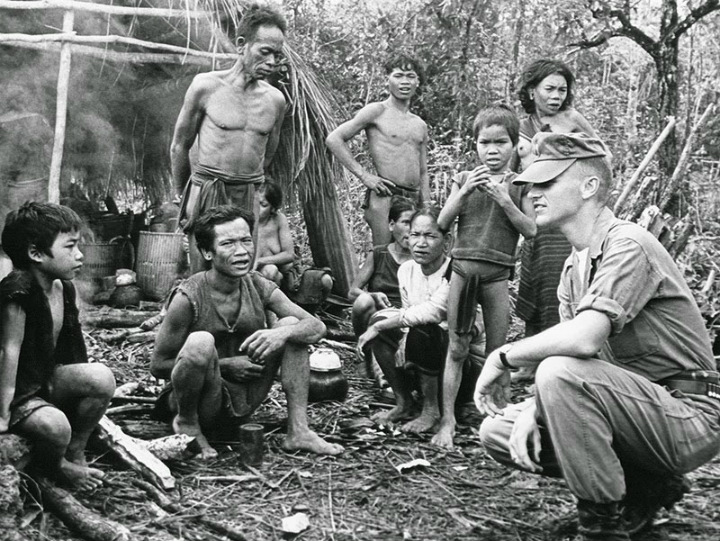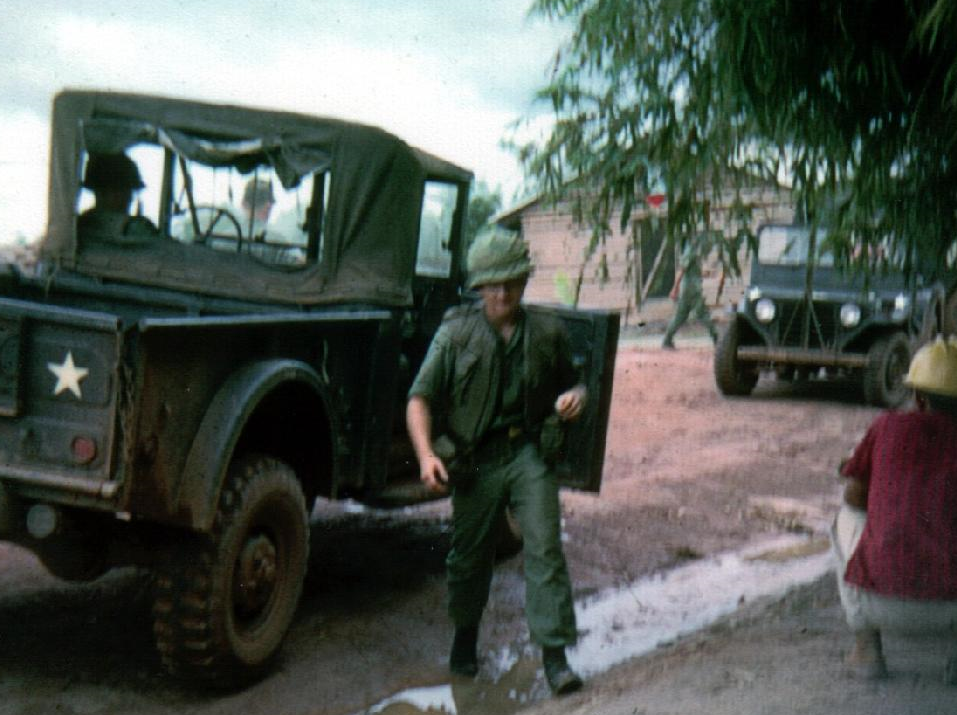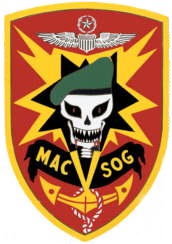SOG
SOG in Vietnam
The MACV Studies and Observations Group (SOG) was given its bland sounding title to mask its true mission. It did not do studies and observations for the Military Advisory command in Vietnam.
A workable cover name for Special Operations Group.
The SOG story was documented in a 1998 book by Major John Plaster: “SOG: The Secret Wars of America’s Commandos in Vietnam.”
SOG was the unconventional warfare element of the U.S. military presence in the Southeast Asian conflict. It was the most secret, elite U.S. military unit to serve in Vietnam — so secret, its existence was not only concealed but denied by the government. It was possibly the most lethal and effective combat organization in the war.
Estimates are that the SOG kill ratio was 150 enemy losses for every SOG trooper lost. If it was covert, dirty or illegal, it was probably a SOG operation. They took on the most dangerous missions of the war, drawing their personnel (all volunteers) from the Army Special Forces, the Navy SEALs, and the Air Force Air Commandos; and their chain of command was directly to the Joint Chiefs of Staff in Washington , D.C. In Vietnam, only General William Westmoreland and a handful of senior non-SOG officers were briefed on SOG activities.
When I arrived in Vietnam in August 1967, there were about 3000 men conducting a variety of SOG operations in the air, at sea and on the ground. The most productive and dangerous operations were code named “Prairie Fire” — ground operations into North Vietnam and across the borders of Laos and Cambodia. These cross-border incursions were particularly sensitive because at that time the U.S. was telling the world that we had no ground troops operating in those countries. These operations were directed at the troop movements and storage areas along the “Ho Chi Minh trail,” the route along which North Vietnamese regular forces and equipment moved into the south.
SOG inserted small “Spike Teams” into the dense jungles of Cambodia and Laos to disrupt this flow of manpower and weaponry before it could reach a position to attack allied forces. The teams usually consisted of a U.S. team leader and 9 or 10 Montagnards, South Vietnamese or other non-U.S. troops. With only air support, and sometimes no support at all, the SOG teams blew up ammunition storage areas, killed and captured enemy troops, gathered intelligence, and undermined enemy morale by planting doctored rifle and mortar ammunition which would blow up in the face of the shooter when fired.
Because insertions were always by helicopter, the enemy was almost always aware when and generally where a spike team was operating. If a significant enemy contact was made, a larger SOG force might be inserted to exploit the target, or the spike team might be withdrawn to avoid losses. Some of the teams, unfortunately, suffered significant casualties.
The operations were more than a nuisance to the enemy — it is estimated that over 40,000 enemy troops were tied down along the border areas defending against the SOG forays. After-action reports and debriefs of the team leaders make Rambo look like a Boy Scout. There were some incredibly brave men in that organization — ten Medals of Honor and hundreds of Purple Hearts were awarded to SOG members by the end of the war. Their ranks included the Vietnam war’s most highly decorated unit as well as the most highly decorated American soldier.






